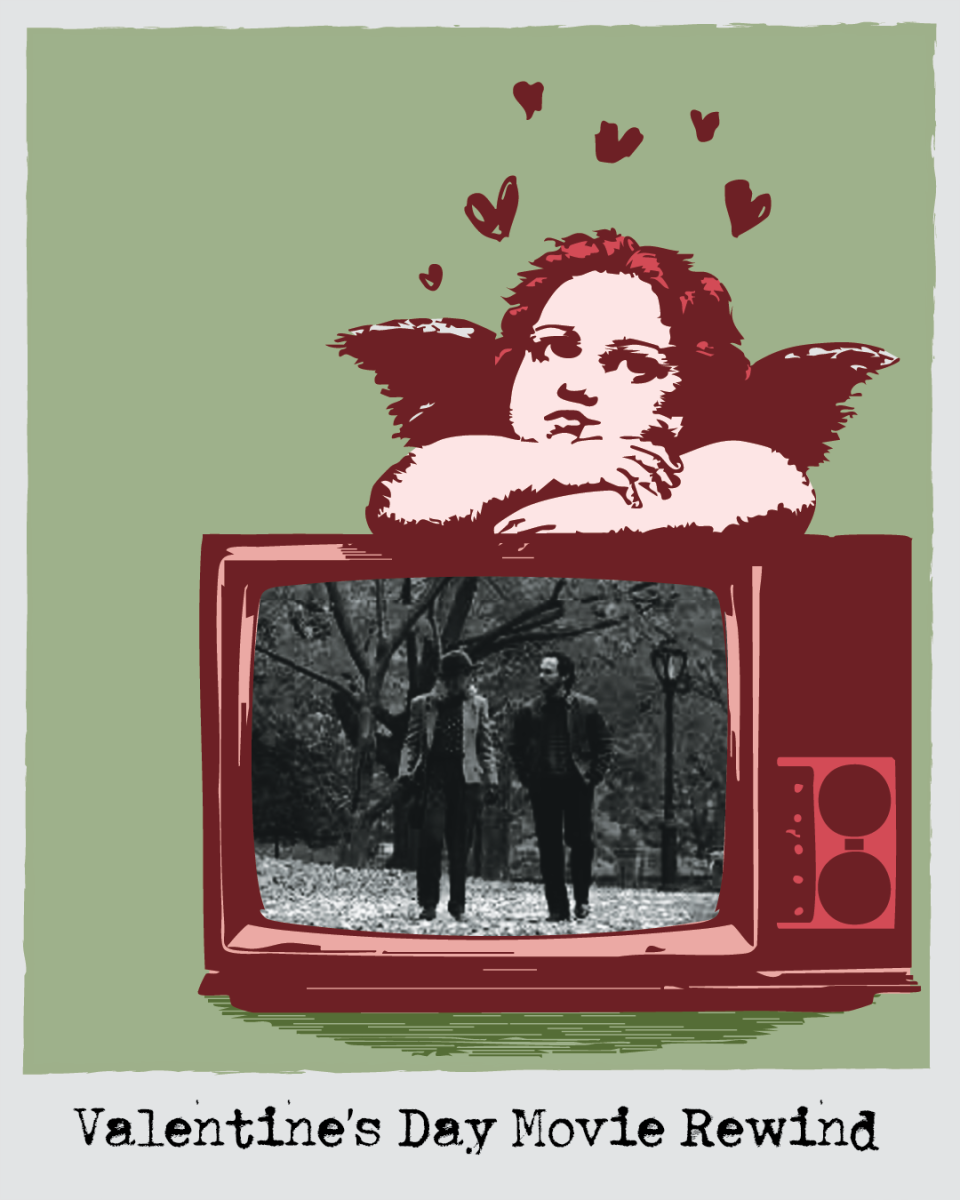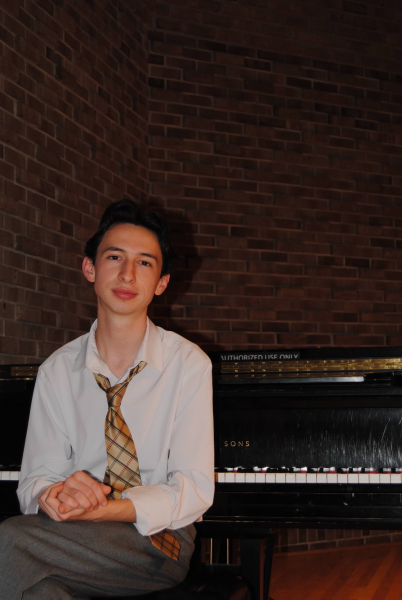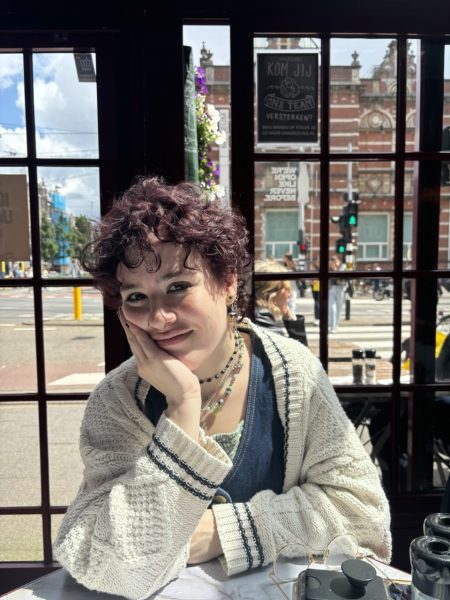On the upper west side of Manhattan at Shakespeare and Co. Bookstore, Harry and Sally meet for the third time in a decade, and decide it is finally time to try being friends.
Starring Billy Crystal as Harry Burns and Meg Ryan as Sally Albright, “When Harry Met Sally” was directed by Rob Reiner and set the blueprint for heart-throbbing situationships on the big screen. With a Grammy-winning soundtrack composed and performed by Harry Conick Jr., “When Harry Met Sally” presents an intuitive narrative that fits any shapeless form of an emotional aesthetic.
After a long car ride to the Big Apple, Harry and Sally have become sick of each other. They bicker for hours driving from Chicago to New York with the root of their arguments based upon Harry’s undeniable truth that men are only friends with women they want to sleep with. Sally, who is uprooted by this disgusting opinion, commits a vow to never see Harry again once they reach the city.
Fast-forward five years and the pair find themselves on the same flight, only this time they are both in relationships.
After attempting to ignore each other, Harry brings his hedonistic opinions back into the conversations and suggests the two of them should be friends since they are in committed relationships, dismantling his opinions on male-female relationships. However, they inevitably part ways, deciding there is no possible way they can be friends.
Five years later they met again at a bookstore in Manhattan. After an exhaustingly awkward interaction, the two decide to get coffee together and discuss their lives and previous relationships. They both find themselves heartbroken and single, tired from the troubles of romantic endeavors. Over the next months, the two become friends who grab dinner, call each other late at night and take walks in the park.
The constant humor between the two continues throughout the film, guiding their development as friends who learn everything about one another. Attempting to set each other up with their best friends Marie and Jess, these two unintentionally fall in love and get engaged. Harry and Sally are left with a simple solution: confess their feelings for each other and live happily ever after.
This tension, both sexual and emotional, progresses through the third act of the movie and leads to their falling out. Harry is then faced with the ultimate realization that Sally is who he truly loves. In a climactic Cinderella-esque scene, Harry is running to a party on New Year’s Eve where Sally sits waiting for midnight so she can go home and relieve herself of her friend’s pity.
Seconds after midnight, Harry reaches Sally, and she is insistent that whatever they once had is over. Nonetheless, underneath a disco ball, Harry says, “I came here tonight because when you realize you want to spend the rest of your life with somebody, you want the rest of your life to start as soon as possible.”
“When Harry Met Sally” provides a deep understanding of human connection and its complex relation to friendship and love. This impeccable storyline of romance in the “big city” is accompanied by the jazz standard “Autumn In New York,” curating a timeless aesthetic held within the hearts of any viewer.



